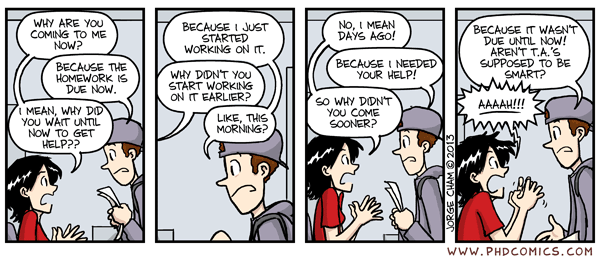In the first part of my thinking backwards exercise I figured out what will make for a successful TOC Odyssey training. So the next step should be to keep working backwards and highlight the actions that need to be taken for these results to unfold.Logical, right?
Well, yes and no.
If you recall, I left the plan hanging at:
Well, yes and no.
If you recall, I left the plan hanging at:
My first inclination was to go backwards to:
Then I got thinking.
It seems trivial. In TOC TP we call such trivialities "Oxygen". Since oxygen is always needed for human activity it is not necessary to state it in the logic diagram. Everybody knows it and it does not add information for our analysis. Oxygen statements should be handled with care. The mere fact something came up as an idea should be an indication that a double-check is in order, as one would rarely consider the need for oxygen under normal circumstances. In other words, the fact we have been thinking of the need for oxygen may point out that the conditions are not standard and this should be accounted for,
OK, so the fact that everybody should be in the room for the session to start could be an oxygen fact. It seems very logical, everybody should know this without me telling them, clearly there will be earlier steps that will take care of attendance. I should skip this step, it is redundant.
Or is it? I was stuck in a loop for some time, pondering this, wondering what is going on - why am I still thinking about this point after I figured it out?
Well, turns out it was my intuition guiding me to a spot I missed. It is not enough to have a full enrollment. Life happens and we will surely have a few last minute cancellations. I know all our registrants will loath missing the session, but sometimes you just can't help it. So, if I want the session to be a real hit and create real value for all, I need to take care of this point and this is just the right place in my plan to inject a place holder for the results of those actions. Makes sense?
Here is what I came up with - In order to have a good kick of we need:
Which will happen if these prior steps happen (remember, we are in reverse order, the top box will happen after the bottom):
 |
| All graphics were done using Flying Logic |
Well, I actually reached a task. It is going to be located very far into the future of this "project", of course and I expect to find it has some predecessors, but it is still exiting to move to that practical part.
Next step will be to keep working from the definition of success back to the tasks that need to be done. I am expecting this will no longer be linear and I will be working on parallel tracks soon. Stay tuned and let me know if you have any ideas for making the Odyssey a hit.




